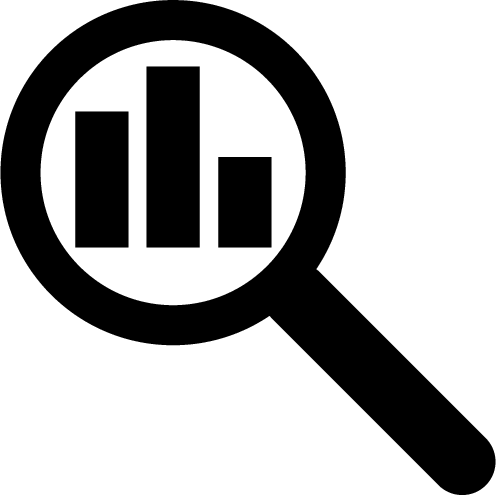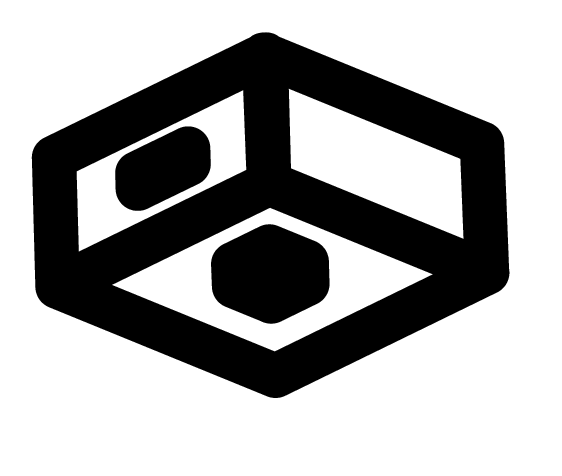How Vyasa’s Data Fabric is Revolutionizing Healthcare and Life Science Data Management
Posted:
By Teresa Murray, freelance writer for HealthTech and Giant Health Conference writer
Dark data is a major challenge facing organizations today. Dark data, is unstructured data lying in storage silos that are difficult to access. Think PDF documents, PowerPoint presentations, images, published research and more.
An estimated 80% of all generated data is dark. That makes for a lot of lost insights!
Another problem facing organizations is the sheer volume of data generated globally each day.
Because the quantity of generated knowledge far surpasses human capacity to read, discern, and integrate it all, it becomes very difficult to compile enough information to
gain the valuable insights that these sources hold.
For a second just imagine how long it takes for one single human being to read 1,000 pages, then retain, assimilate, and pull valuable insights from those 1,000 pages.
All without being distracted by a wandering mind, other humans or the constant pings of modern technology.
It takes a very long time, and our memories and processing power are not super-efficient when dealing with mountains of information, no matter how smart the
person.
Large research teams are traditionally deployed to access and process large quantities of data, a practice which aside from being costly and time consuming, cannot solve the core challenge of dark data.
Vyasa CEO & founder, Christopher Bouton, a neurobiologist turned entrepreneur, has spent his life figuring out solutions to problems posed by data in life sciences and healthcare. He built his first data analytics model, DRAGON, using Resource Description Framework (RDF) during his PhD at Johns Hopkins.
Despite the success of DRAGON, Christopher saw the limitations of RDF so when he started his second company Vyasa, his goal was to “rethink how to do data integration without using something as brittle as RDF.”
He wanted to use deep learning instead. More than anything he wanted to resolve the core challenge of dark data that he knew was holding back life sciences and healthcare teams. He believed there had to be better ways of accessing all this information and knowledge and using it to better inform decision-making than what was currently available.
He was right, there was.
Because then came what Christopher calls “the perfect storm”: the combination of advances in novel deep learning models, like the ones built by Vyasa, which are “better
at handling dark data at scale” says Christopher, and the considerable increases in computational processing power needed to successfully run these models.
This convergence has made it possible for these models to perform in ways previously inconceivable.
Vyasa’s Layar data fabric has been created for applications in life sciences and healthcare. It is an AI-driven deep learning model which accesses dark data with no need for it to be cleaned up first.
The Layar data fabric literally “climbs into all the different data sources,” says Christopher, nimbly accessing insights hidden in data streams, databases, documents and other hard-to-access content sources. It can even read the captions on images and understand content in appendices and footnotes. These text analytics do not read linearly, rather they read around a term enabling the understanding of related concepts.
The model comprehends similarity and inter-relatedness, like a human.
Just way better than a human.
Vyasa’s models don’t replicate the information accessed and spit out a list of titles like a search engine. The text analytics actually read the whole document and even operate at sentence level. Layar first indexes all of the information the data fabric has been given access to. Then, its deep learning algorithms are run against all of the accessed data for accelerated insight generation.
The Layar data fabric comes pre-trained against thousands of life science and health-related terms so it’s not like an organization has to invest months before the data fabric “gets it.” It also connects to external data sources like PubMed and ClinicalTrials.gov, as well as other healthcare and life science databases, enabling users to quickly expand their knowledge around a specific topic. No matter how obscure!
One example of how Vyasa’s models can be applied to great benefit is in the domain of clinical trials. Clinical trial design requires research teams to go through reams of data to collect and collate information on previous research, including study designs, treatments and interventions, populations, outcomes, adverse events, etc.
This takes humans a long time and slows down study design and execution significantly.
Once Layar has worked its magic, using one of Vyasa’s deep learning applications a person can simply ask a natural language question like “What were the ages of the
participants in breast cancer studies in the last 5 years?”
The system produces the answers in natural language. It can even translate the questions into other languages to find the answers and translate them back into the
language of the original question.
All of these advances mean that highly skilled people, previously tasked with very laborious reading or data cleaning, can now do higher-value tasks, something in the
interest of everyone.
After all, no one wants brilliant minds stuck on low-value tasks.
Aside from its proprietary Layar data fabric, Vyasa also has deep learning applications for interactions across different data types, which makes for a very solid value
proposition.
For example, these applications make it very easy for users to consume and interact with data across a whole range of areas and functions, from visuals to smart table technology, detection of visual data patterns with geospatial analysis and scale image analytics.
Vyasa has passed through various accelerator program picking up many accolades along the way. For Christopher, what sets Vyasa apart from its competitors in AI-driven data analytics is its dark data resolution capability and high accuracy. Also, it is platform agnostic and can literally connect up anything. This make it interoperable
across any data set.
These capabilities solve real problems because, as Christopher says, most organizations don’t even know where all their data is in the first place, and even if they do know, most of it is dark. Vyasa’s data fabric brings an organization’s dark data into the light where it can be leveraged for a multitude of gains.
As Christopher says, Layar, Vyasa’s data fabric, finds all of the needles in those innumerable haystacks.


 Attendees
Attendees
 Sponsors and Exhibitors
Sponsors and Exhibitors
 AI In Healthcare: A Virtual Course
AI In Healthcare: A Virtual Course
 Contact us
Contact us